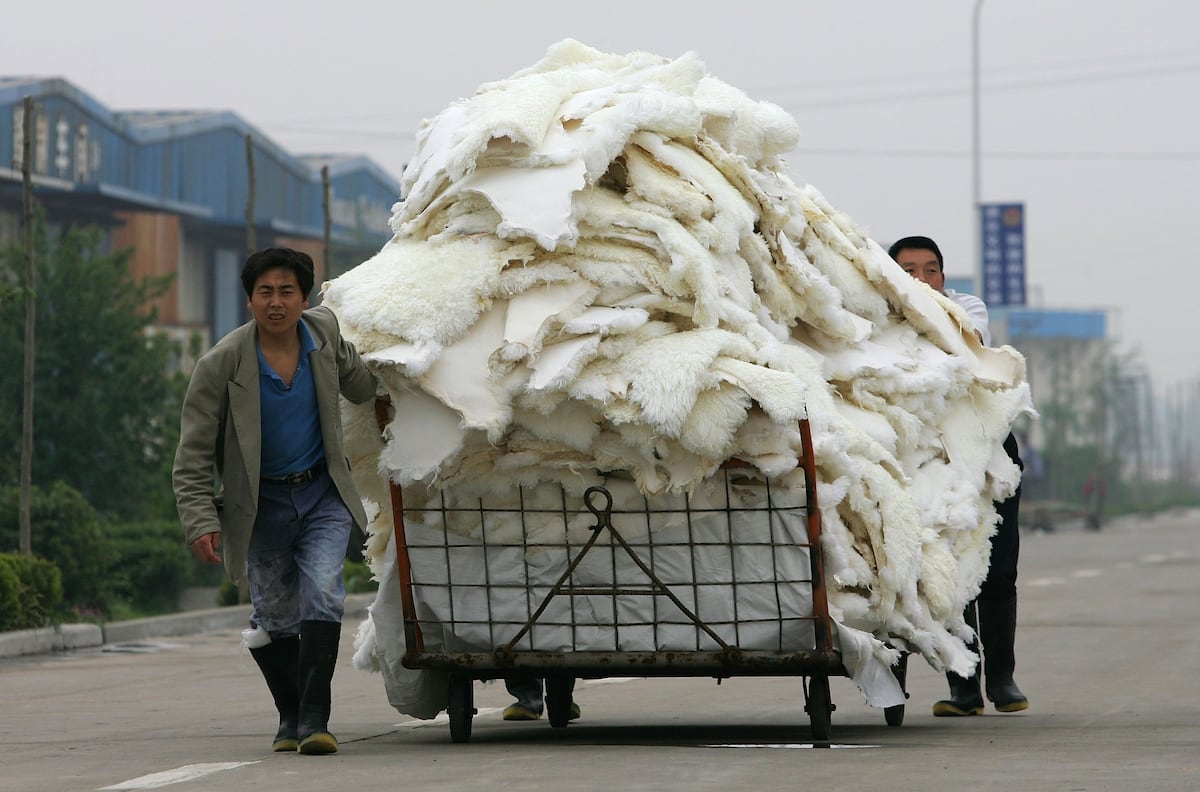Coronaviruses, influenzas and other potentially dangerous pathogens infect raccoon dogs, mink, and foxes bred for the fur trade
Nearly five years after the event, the world still does not know exactly how the coronavirus pandemic — which killed more than seven million people worldwide and was the most serious global health emergency of the 21st century — began. The clearest clues lead to an unfortunate chain of contacts between wild animals, most likely bats, and intermediate species that ended up for sale in markets in Wuhan, China.
Now, an international team of scientists offers new insights into where and how the next pandemic may be brewing. The researchers analyzed the organs of 461 animals from dozens of species raised on fur farms in China, one of Asia’s leading producers. All the animals had died for unknown reasons.
The results reveal the presence of more than 100 different viruses, many of them unknown. Among them are 39 that the authors of the research define as “high risk,” as they have the ability to jump between species and potentially to humans. The research describes several viruses from wild animals that have spread to domestic species, often raised in their thousands in overcrowded cages and without sanitary controls. Samples were collected between 2021 and 2024 in more than a dozen provinces, mainly the four major fur-producing provinces of Hebei, Shandong, Heilongjiang, and Liaoning, in the northeast of the country. The results were published on September 4 in the journal Nature.



Damn, animal husbandry has some long tail risks. We should maybe improve the regulation of the practice both domestically and globally and look into sustainable farming, if we want this to continue
China Virus Gonna Kill Us All
The two genders